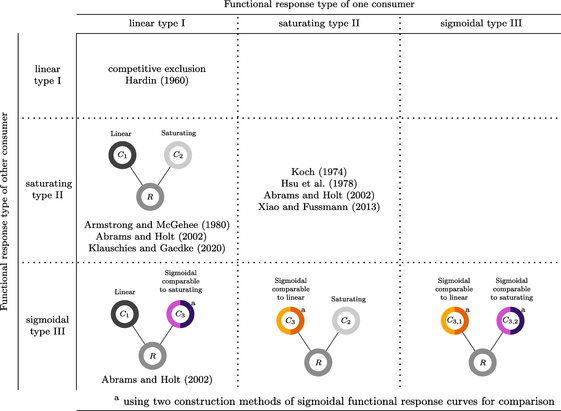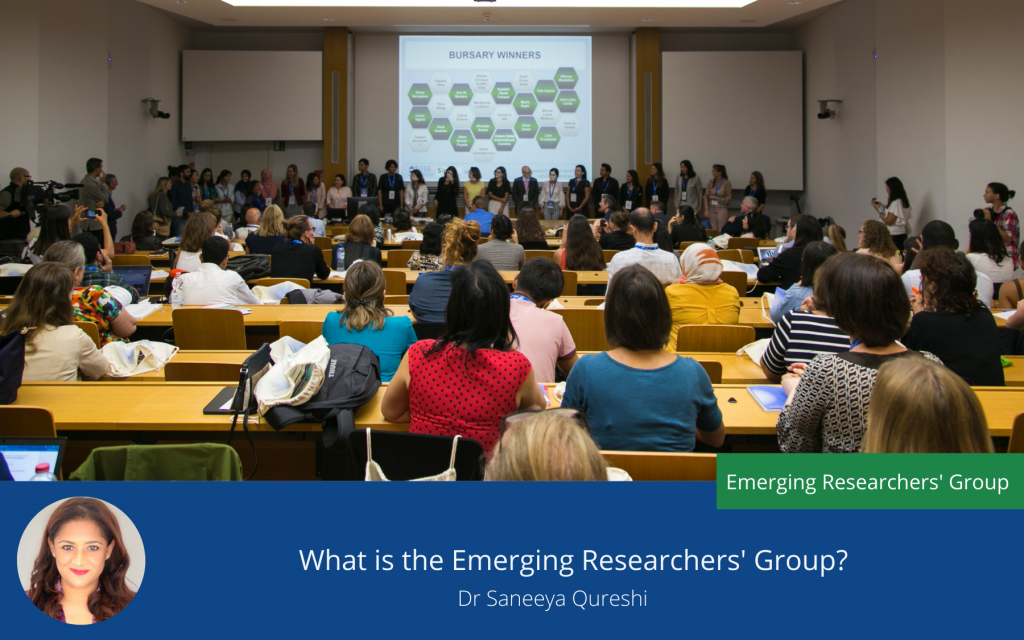I submitted, so now I sleep.
#phdchat
New paper from our lab is published now in Theoretical Ecology!
Lilla Kiss @likiss and Toni Klauschies write on: "Consumer coexistence through the gleaner–opportunist trade-off in the light of sigmoidal functional responses"
Go read it here:
https://link.springer.com/article/10.1007/s12080-025-00618-7

Meet the winners of the 2025 #DanceYourPhD contest
It's time again to honor the winners of the annual Dance Your PhD contest, where eager young scientists attempt to convey the concepts of their doctoral theses through dance.
There are four broad categories—physics, chemistry, biology, and social science—liberally defined. https://arstechnica.com/science/2025/05/meet-the-winners-of-the-2025-dance-your-phd-contest/
#PhD #PhDLife #PhDChat

You don't have to do Q&A at the end
You can do it earlier leaving you 5mins to wrap up. This lets you control the last thing they see and hear, rather than teh quesions.
What do you want to leave them with?
What a great crew at the 2025 #YoMos #workshop! If you want to read a #recap of what the workshop was like for us (including more photos!), please check out this #blogpost on our homepage:
https://www.yomos.org/post/yomos-2025-recap
Kick-off meeting for 2026 is happening in 2 weeks! Get in touch now if you want to get involved
How fit all your research into a short talk...
Don't.
#EmergingResearchers former link convenor Saneeya Qureshi on "What is the Emerging Researchers' Group?" #ERG @SaneeyaQ #EERAblog #ECRchat #PHDChat #EduSci https://blog.eera-ecer.de/what-is-the-emerging-researcher-group/

Generally speaking*, avoid standing behind things.
Desks, computers, lecterns, we want to connect with audiences and having a literal barrier between you and them hampers that connection.
*There are exeptions to every 'rule'
Check out former ERG Link Convenor Saneeya Qureshi's blog "What is the Emerging Researchers' Group?" #EmergingResearchers #ERG @SaneeyaQ #ECRchat #EERAblog #PHDChat #EduSci https://blog.eera-ecer.de/what-is-the-emerging-researcher-group/

STOP PUTTING STUFF ON A SLIDE AND THEN NOT TALKING ABOUT IT!!!
If its not important then why is it there?
If it is important then why don’t you mention it!
How long does it take you to understand new graph of figure when you read it in a paper?
5 mins?
10?
Need to go away, have a cuppa, and come back to it?
Right, let me talk about slide templates.
Most universities have an official slide template everyone is told to use.
More often than not these are rubbish.
Focusing on splashing the university logo around so much there is no space for actual content.
I’m going to call it out… just stop putting lots of text one your slides. You know its bad, I know its bad, everyone knows its bad… so can we just not?
Première semaine de contrat, mais déjà de nombreux projets au programme !
Cette semaine, je participe à deux séminaires pour présenter mes travaux.
Aujourd'hui, je serai au séminaire organisé par les jeunes chercheurs de mon laboratoire, qui portera sur l’incertitude. Lors de ce colloque, je reviendrai sur un élément de ma thèse : les séismes ayant frappé Strasbourg en 2019 et 2020. Il sera bien sûr question d’incertitude, mais surtout de la manière dont ces séismes ont permis une prise de conscience du sous-sol auprès des habitants et des élus locaux. Ces derniers cherchent désormais à reprendre le contrôle de cette question, notamment à travers la mise en place de mécanismes de gouvernance territorialisée.
Demain, direction la région parisienne ! Sur l’invitation de deux chercheurs du LATTS, je montrerai comment le sous-sol peut contribuer à la transition énergétique. Je prendrai l’exemple de deux filières, la géothermie et le lithium, pour illustrer comment une politique publique se traduit par le développement de projets concrets. Je montrerai également comment ces projets « atterrissent » sur les territoires pour y être débattus, soulevant ainsi des questions sur les enjeux démocratiques de la transition et des choix opérés. #PhdChat #ESR
“I just let the data speak for itself”
Risky!
Different audiences will take away different meanings from the same data. The audience hasn’t got the time to consider all the nuances - cut to the chase and tell them the meaning they should take away.
“It’s more of a comment than a question.”
We’ve all been there – and you don’t have to put up with it. If you’re the speaker, you own the space. Tactfully suggest that you’re prioritising people with questions? Roll your eyes? Throw things at them? The choice is yours!
“But that’s the way talks have always been done!” – academia has a huge status quo bias, change is slow.
Embrace your rebellious side and go do your talks differently! Audiences get bored, so novelty is a big asset. And by doing it YOUR WAY, it’ll be more honest, authentic, and genuine.
This looks like an interesting training event for postgrads and doctoral researchers in literary studies: stylometry and keystroke logging analysis using R and AntConc.

What do I do with my hands?
They can direct the audience’s attention to the right place, add emphasis to what you say, & provide variety to keep the audience engaged.
They can also indicate: big things, small things, precise things, vague things, contrasting things, & connected things.
Presenting to small audiences
If there’s 6 people or less, then you have a very intimate setting.
Full on PPT to 5 or 6 people gets a bit awkward.
So instead, make it a conversation or discussion. Don't be afraid to throw out your plan if the context changes.
